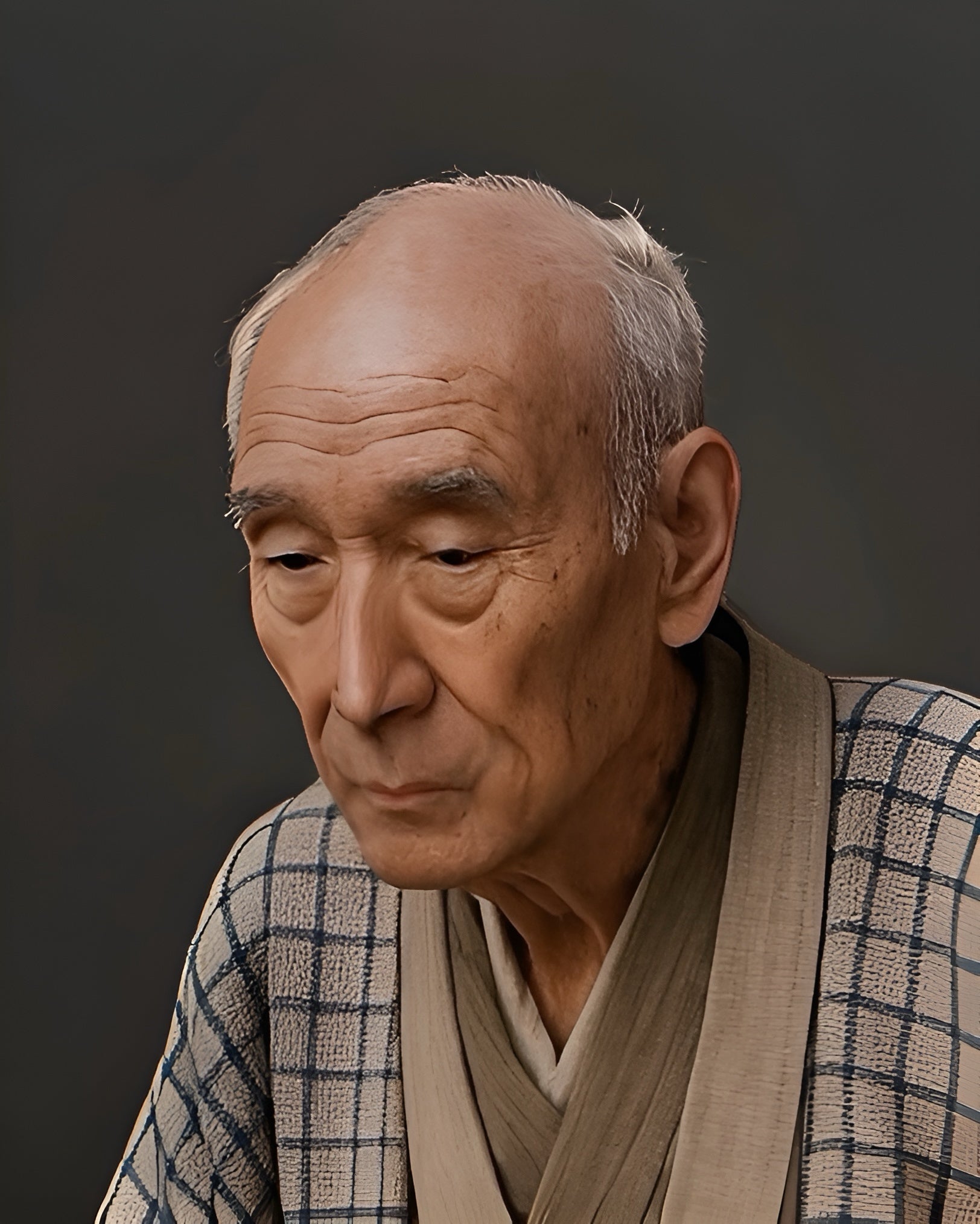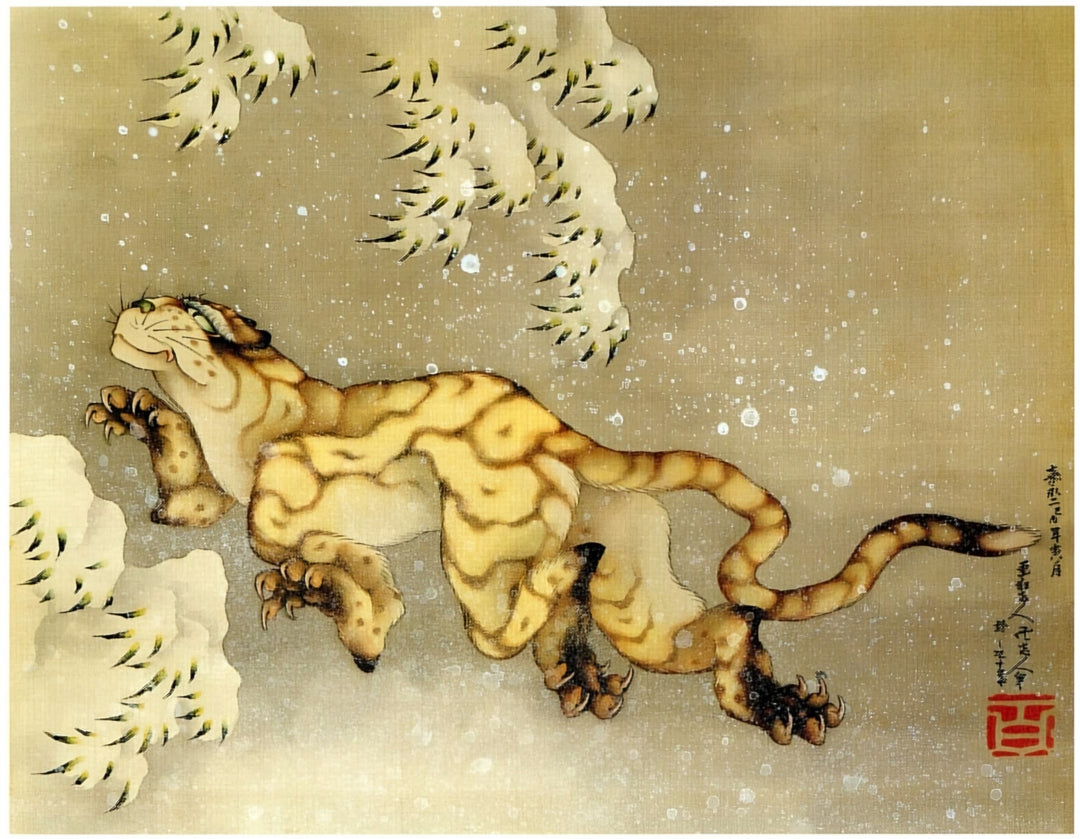
Katsushika Hokusai

Katsushika Hokusai was born in 1760 in Edo, present-day Tokyo, into a modest family connected to the world of craftsmanship: his father, Nakajima Ise, worked as an artisan for the shōgun’s workshop, specializing in the production of decorative metal mirrors. Although Hokusai was not officially recognized as a legitimate son, his visual education began at an early age thanks to the influence of his father's workshop. His mother, about whom little is known, likely played a less visible but crucial role in his upbringing, marked by early independence. From a young age, Hokusai showed an inclination for woodblock printing, becoming an apprentice in a printing house and later joining the studio of master Katsukawa Shunshō, where his true artistic training began.
Throughout his long life, he had several wives and at least five children, but his most notable relationship was with his daughter Katsushika Ōi, also known as O-Ei, who, besides being a skilled artist, was his closest collaborator in old age. Ōi inherited not only his technique but also his rebellious spirit, standing out for her female portrayals and her command of light, although her talent remained in the shadow of her father. Hokusai was a key figure in the ukiyo-e movement, although he pushed the boundaries of the genre by incorporating elements of landscape, science, and Buddhist spirituality, especially in his celebrated series Thirty-six Views of Mount Fuji.
His art deeply influenced European Impressionists, particularly Claude Monet, Edgar Degas, and Vincent van Gogh, who admired his dynamic composition and spontaneous linework. Technically, he introduced the innovative use of Western perspective in Japanese printmaking, revolutionizing the visual concept of space. The way he depicted nature as a living force also resonated with the ideals of European Romanticism. Despite living in poverty for most of his life, Hokusai changed his artistic name several times (more than thirty), as if each name marked a rebirth of his vision of the world.
Beyond the mountains, waves, and dragons that filled his work, Hokusai left behind a radical lesson: art is not only what is seen, but what is transformed through time, blood, and will.


